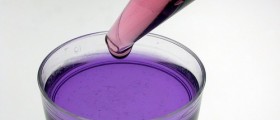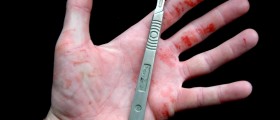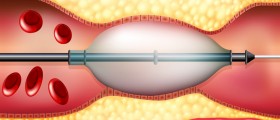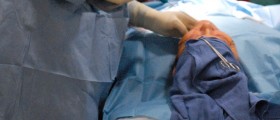
Trigeminal Neuralgia
Trigeminal neuralgia is a disorder which affects the one or both trigeminal nerves. The trigeminal nerves are located on the both sides of the head and they are responsible for sensation in the face but they can influence certain motor functions such as chewing and swallowing. A patient with trigeminal neuralgia can have occasional episodes of sharp and severe pain in the face, especially in the cheeks, jaw, lips teeth and gums. The pain can appear spontaneously or it can be triggered by simple, everyday activities such as touching the face, shaving, putting on makeup, brushing teeth, eating or drinking.Surgery
In case of extreme cases when pain is excruciating, surgery is the best option to deal with trigeminal neuralgia. There are various surgical procedures which are quite effective. Your doctor can decide on some of the most effective options. The most significant surgeries include gamma knife radiosurgery, microvascular decompression, balloon microcompression and glycerol injection.Gamma Knife Radiosurgery
Gamma knife radiosurgery is the most used procedure for treating trigeminal neuralgia because it provides the optimal results. It is performed by focusing radiation beams in the root of the trigeminal nerve. This procedure is painless and does not include anesthesia or any incisions. Hospitalization is also not necessary. It is considered to be quite save procedure which can be applied in patients of all ages. A side effect which may occur is loss of sensation in the face.Microvascular Decompression
Microvascular decompression is a surgical procedure which involves opening the skull. It is performed under a general anesthesia. The surgeon will make a cut behind your ear and relocate the nerves and blood vessels. This surgery carries certain risks due to the sensitivity of the wound and general anesthesia. The complications may include infection, bleeding, stroke, hearing impairment and facial numbness.Balloon Microcompression
Balloon microcompression involves an insertion of a large needle through the face to the opening at the base of the skull. A catheter with a balloon at the end is slide down the needle. The surgeon will inflate the balloon just enough to damage the affected nerves. This procedure will relieve the pain quite successfully. A possible side effect is temporary loss of sensation in the face and weakness of jaw muscles which can affect your ability to chew.Glycerol Injection
Glycerol injection also involves an insertion of a needle through the face to the opening on the skull. The surgeon will administer some glycerol which will block the nerves and pain signals. A downside of this procedure is that the pain may return. Temporary face numbness can also occur.
















Your thoughts on this
Loading...